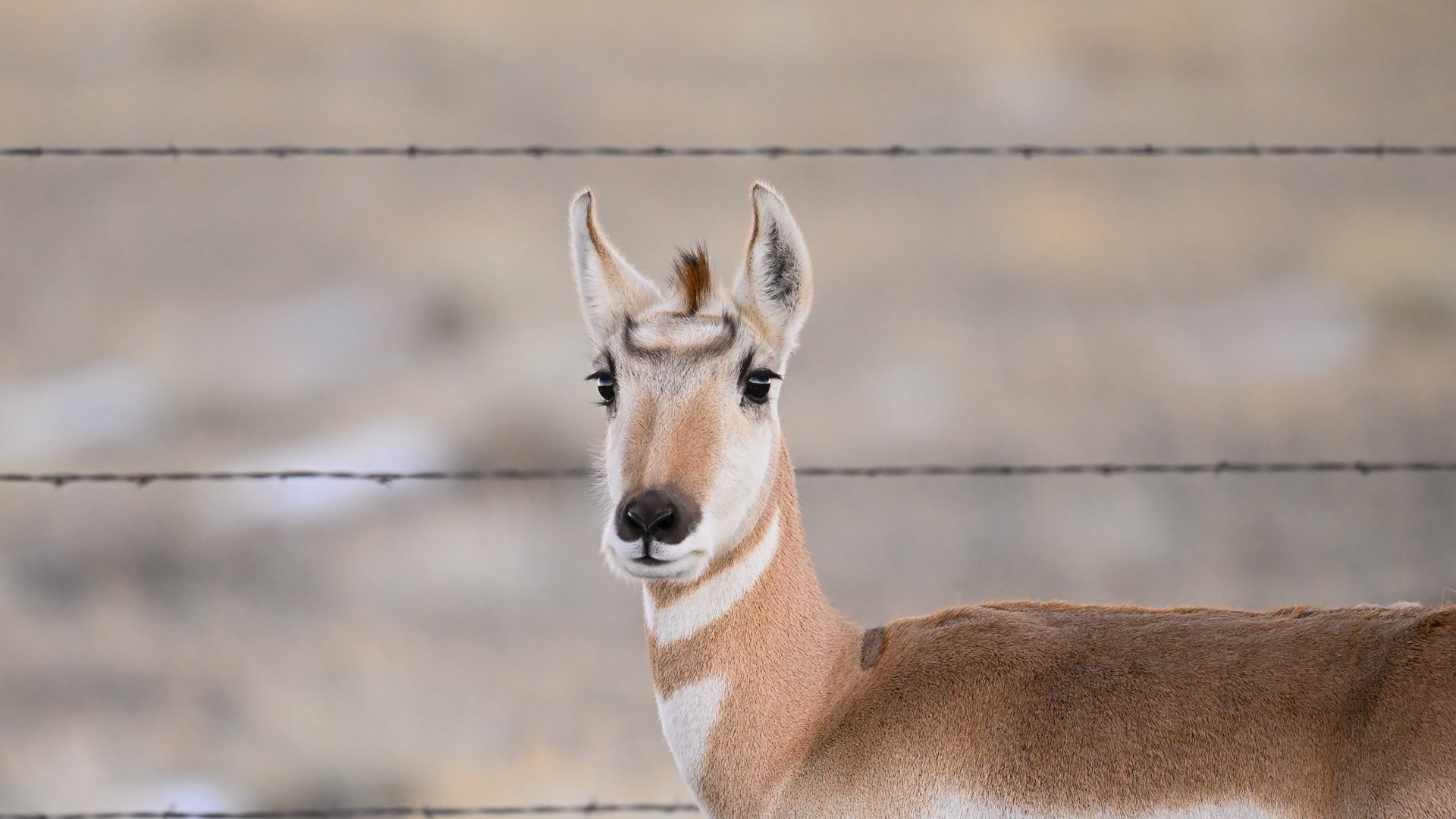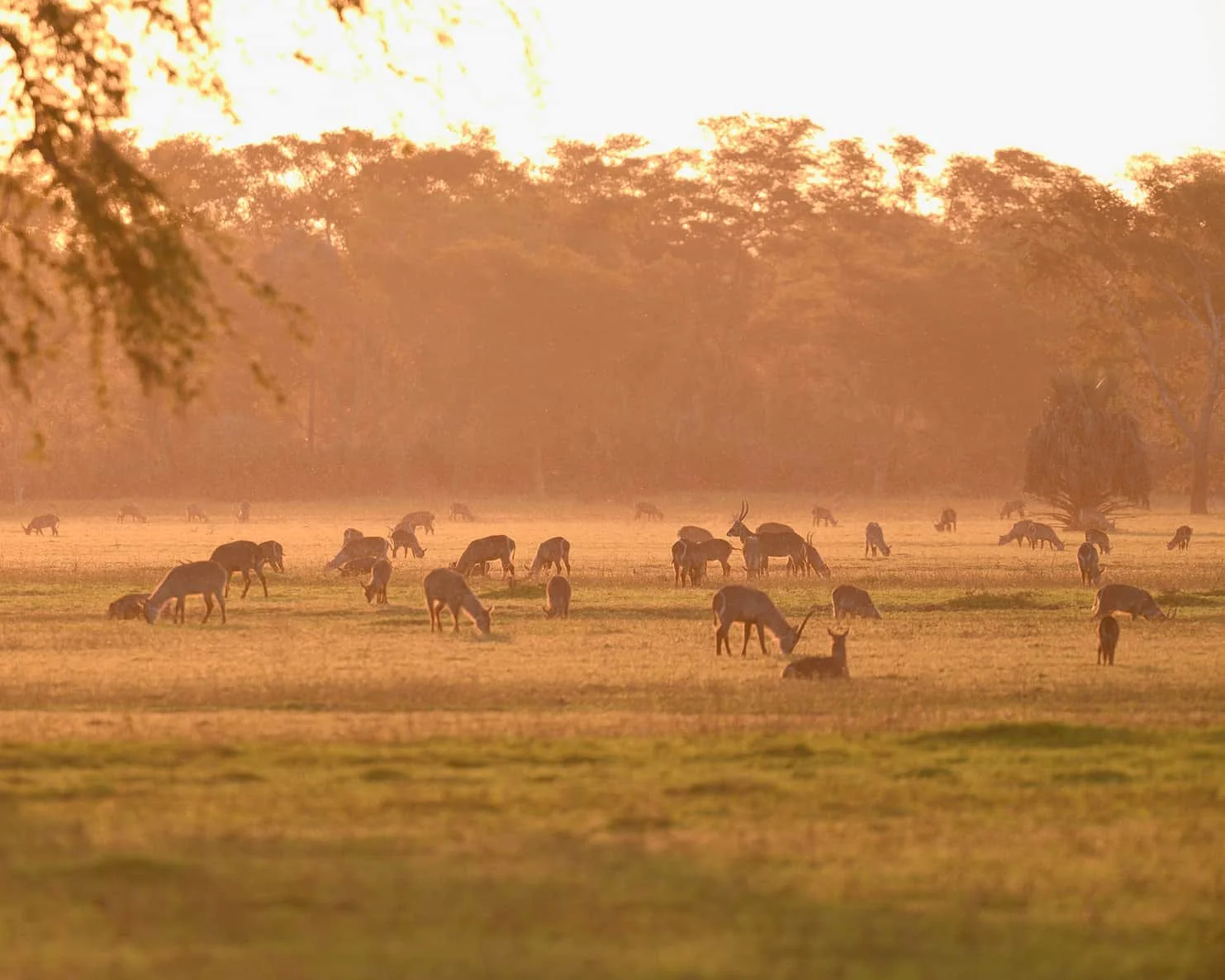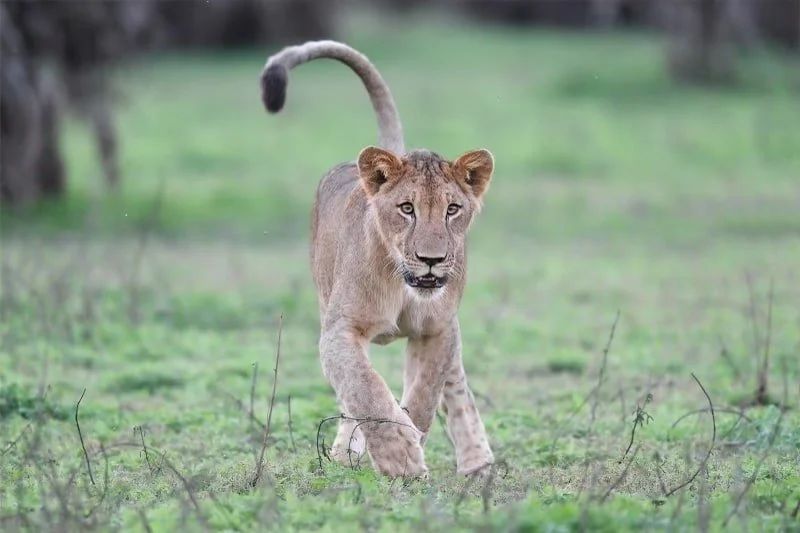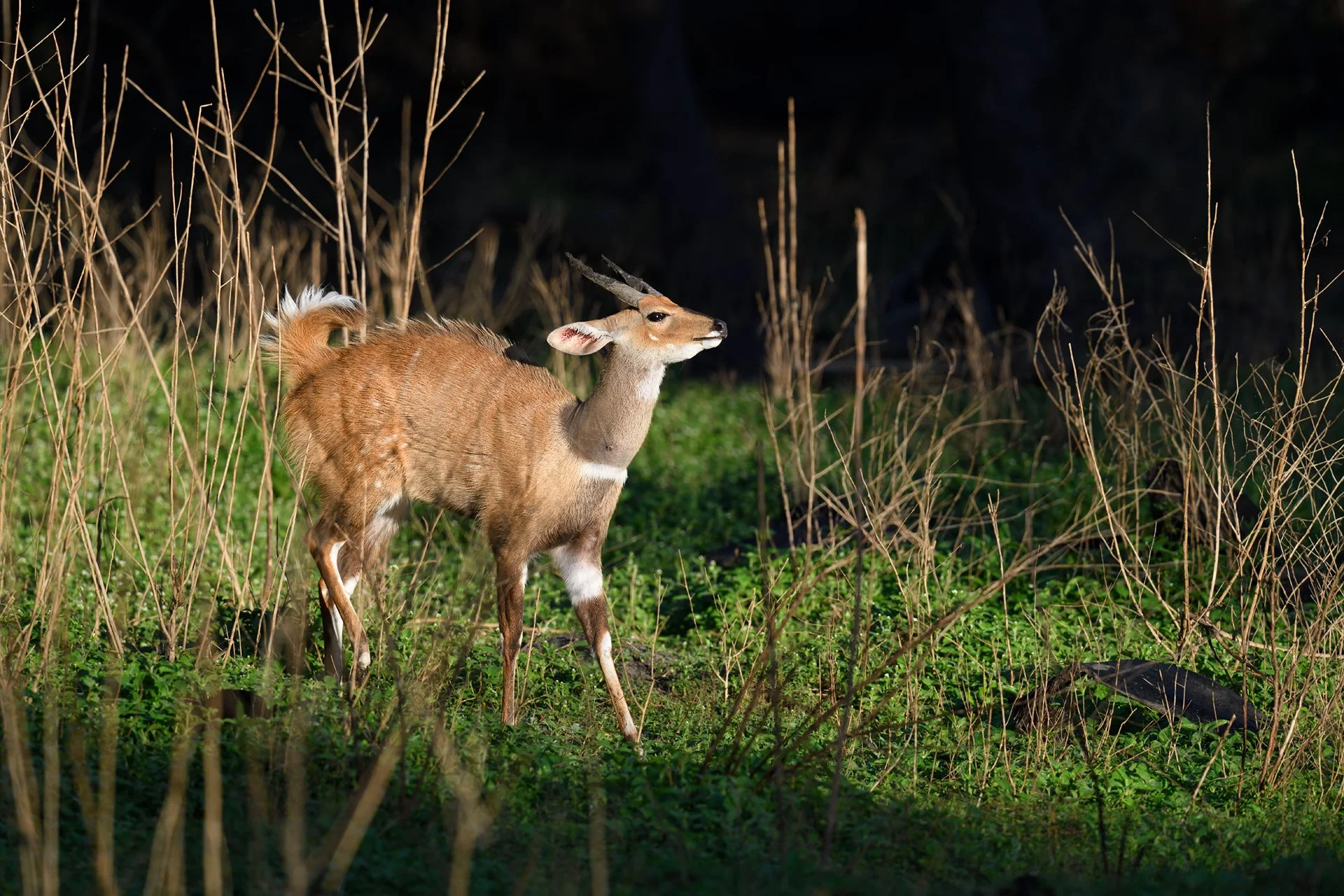
Our science
Broadly, our team shares an interest in understanding the movement and spatial ecology of animals across scales, particularly in the context of ecological heterogeneity and dynamic environments. We approach this question using a synthesis of movement, behavioral, and community ecology, in which animal movement is the critical conduit connecting individual behavior to population and ecosystem dynamics.
For many species, we are still just starting to discover the mechanistic foundation of movement patterns and why and how individuals differ in their behavioral decisions. By investigating these mechanisms at the individual level, we can better understand the extent and limits of behavioral flexibility, facilitate innovative monitoring of population status, improve predictions of how animals cope with changing conditions, and apply these findings to the broader consequences for species interactions and ecosystem dynamics.
Below are some of our current projects. We are always excited about developing new collaborations with like-minded researchers on these or any related topics, so please reach out!
The ecology and conservation of diverse movement strategies in ungulates
Large mammals are highly mobile, occupy large ranges, and exhibit long-distance movements such as migration and nomadism. The nature of these movements presents a challenge for conservation as animals often cross multiple ecotypes, jurisdictions, land ownerships, roads, and fences. Existing ecological theory suggests that an individual’s movement strategy is determined by its environment; however, advances in animal tracking have shown that even within a single population in the same environment, there can be both nomadic and migratory, and in some cases resident, individuals. Our research synthesizes GPS-collar data and remote sensing of the environment to assess the relationship between movement strategies and key habitat features in western North America. This work will facilitate the development of a spatially explicit predictive mapping approach for the conservation of populations with diverse movement tactics across large landscapes.
Behavioral and demographic responses of animals to human-modified landscapes
Human activities present many challenges for mobile animals, ranging from physical barriers to movement such as roads and fences, to the fear of humans constraining diurnal activity, to increased pressure on populations from hunting and outdoor recreation. Flexibility in behavior allows animals to navigate these novel environments, and the degree to which individuals can adjust their patterns of activity and space use impacts their survival and fitness. We investigate how individuals within and across different populations cope with human-modified landscapes through dynamic behavioral decisions, and apply this understanding of individual behavioral responses to pressing problems in wildlife management.
Behavioral dynamics in a reassembling ecological community
How do individuals, populations, and communities respond when they are abruptly released from limiting factors such as competition, predation, or human exploitation? What happens when these limiting factors return to the ecosystem? These questions are salient for basic and applied ecology, especially in the rapidly changing environments of the Anthropocene. We are studying how species respond behaviorally to these disturbances in the context of a natural ecological restoration process in Gorongosa National Park, Mozambique. Together with collaborators, our work integrates GPS-collar data, diet composition and quality data, camera traps, and remote sensing to uncover the behavioral and ecological mechanisms underpinning the diverse responses observed within and among populations, and the implications for the process of community reassembly.
Predator-prey interactions in large mammal systems
The worldwide decline in populations of large mammalian carnivores is a major ecological concern, in part because apex predators can exert a defining influence on ecosystems via their interactions with other species. To better determine the impacts of fluctuating large carnivore populations on ecosystems, we are interested in understanding how prey species respond to the perceived risk of predation, and how and why these responses differ as a function of a range of factors such as prey species identity, habitat cover, predator type, reproductive status, and resource availability. We pair field experiments with behavioral monitoring via camera traps, GPS collars, and observational surveys to quantify both individual behavioral responses in prey and the dynamics of predation risk across space and time.
Intrinsic drivers of individual movement decisions
Size is an important determinant of resource requirements because many critical morphological and physiological traits scale allometrically with body mass (e.g., metabolic rate). Thus, the behaviors that underpin resource acquisition—movement and foraging—may be likewise constrained by the relative species’ body size. However, patterns of movement and foraging behavior are also driven by the need to maintain energy balance. Our work uses a unique study system of three congeneric antelope species that vary five-fold in body size to test how body size and energetic state interact to determine individual movement decisions. Research with collaborators to-date has demonstrated that size-structured differences in resource use can stabilize species coexistence in animal communities.
Tools to describe broad scale animal-environment interactions
Some components of our research also require a broader view of spatial ecology to efficiently describe the effects of landscape structure on animal space use over vast scales. We take remote-sensing data from satellites such as MODIS and using statistical analyses to generate novel products that more accurately describe key habitat features, such as landscape heterogeneity and predictability over large regions. We also develop theoretical and simulation models to address questions in situations where field data collection would be logistically prohibitive.





